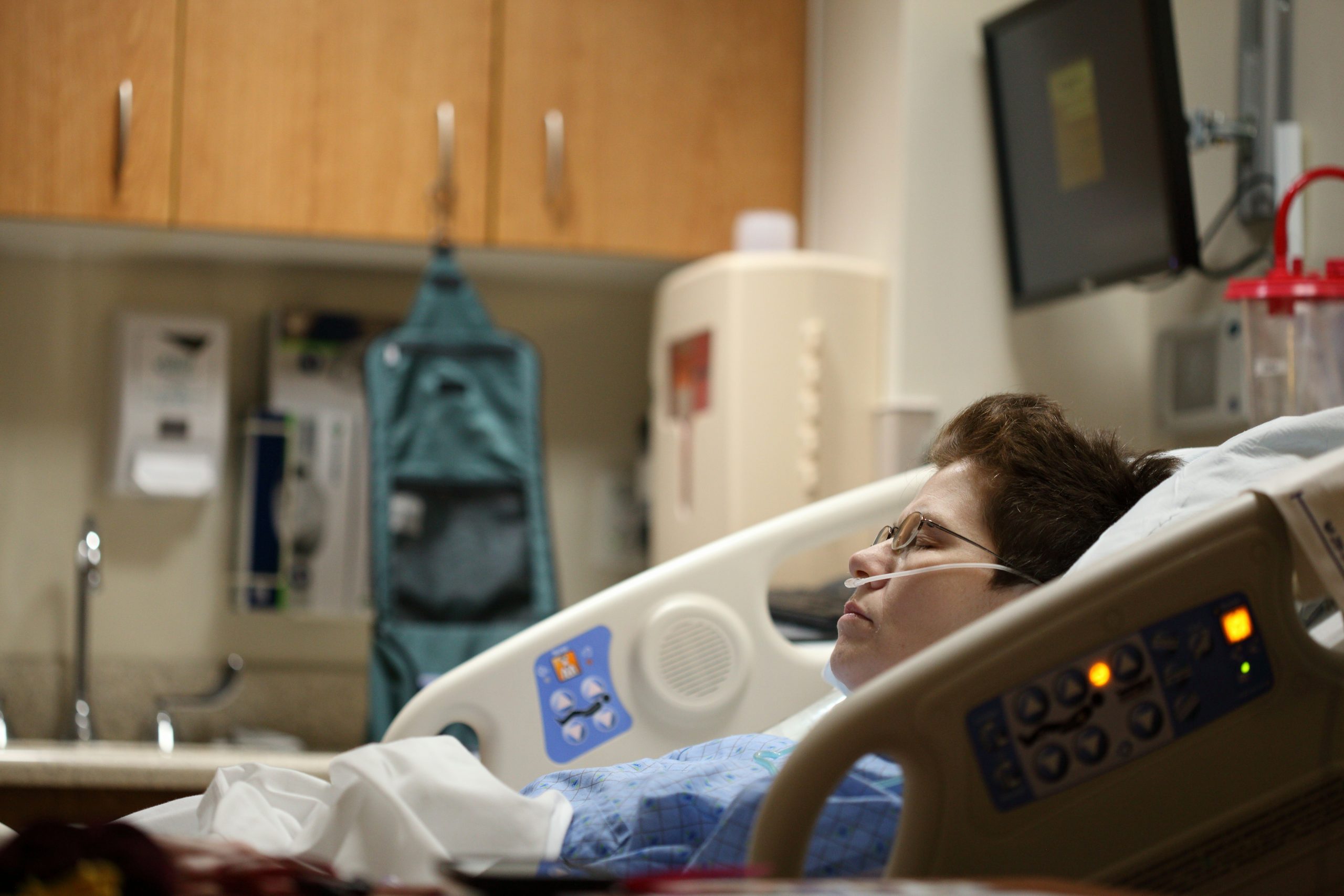How does our brain change as we lose consciousness? Photo credit: Alexander Grey via Unsplash
Science has given us the answer to many fundamental questions, such as why the sky is blue or why we have seasons, but what happens in our brain when we lose consciousness, be it as we fall asleep or unconsciousness induced by general anaesthetics, has remained stubbornly elusive.
Widespread inhibition of neural activity will likely result in a loss of consciousness…
Nonetheless, attempts have been made to investigate how the brain changes after general anaesthetics use. Propofol is a widely used general anaesthetic, favoured due to its good tolerability profile. Previous investigations suggested that propofol enhances the activity of gamma-aminobutyric acid (GABA), the brain’s primary inhibitory chemical. This widespread inhibition of neural activity will likely result in a loss of consciousness, albeit through currently unknown mechanisms.
Surprisingly, an exciting new study by Huang et al, at the University of Michigan Medical School, provided a fresh outlook into unconsciousness by investigating the connections that allow two brain regions — the thalamus and the cerebral cortex to communicate. The team chose to investigate these connections, as they were previously identified as being key to arousal and consciousness, yet there is no definitive established consensus about their exact role.
…there is no definitive established consensus about their exact role.
The study took healthy participants and used functional magnetic resonance imaging (fMRI) to investigate how brain connectivity changes during baseline consciousness and deep sedation induced by propofol. They identified unimodal-transmodal processing in the thalamus at baseline wakefulness, where simple sensory (unimodal) areas send information to the transmodal areas involved in higher-level cognitive processing. The researchers noted that there was an equal balance of unimodal and transmodal processing occurring when the participants were awake. Interestingly, the team observed a dramatic reduction in transmodal processing during unconsciousness. This means that while sensory inputs are being received by the brain, there is no higher-order processing of these inputs.
…the team observed a dramatic reduction in transmodal processing during unconsciousness.
The team then researched the specific cell types, core cells and matrix cells, involved in the change in connectivity as the brain shifts to a state of unconsciousness. Unexpectedly, the matrix cells were identified as being primarily involved in transmodal processing and were preferentially suppressed during sedation. A surprising find was that GABA may not be as important to propofol’s sedative effects as people believed. The team attempted to unite the contrasting theories by suggesting that GABA may affect matrix cells more profoundly than core cells, although this is yet to be fully understood. Nonetheless, this study provides exciting new insights into a common yet poorly understood medical procedure and could lead to a greater understanding of what happens inside our brains when we fall asleep each night.





